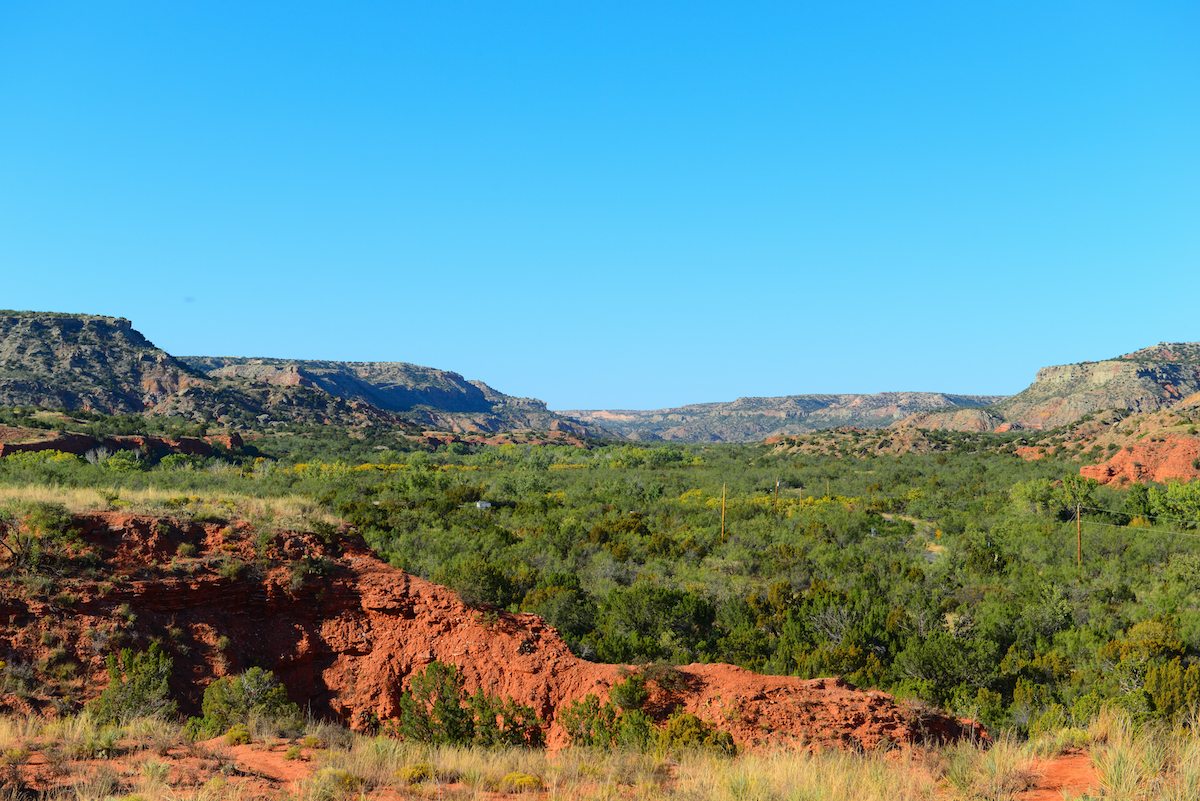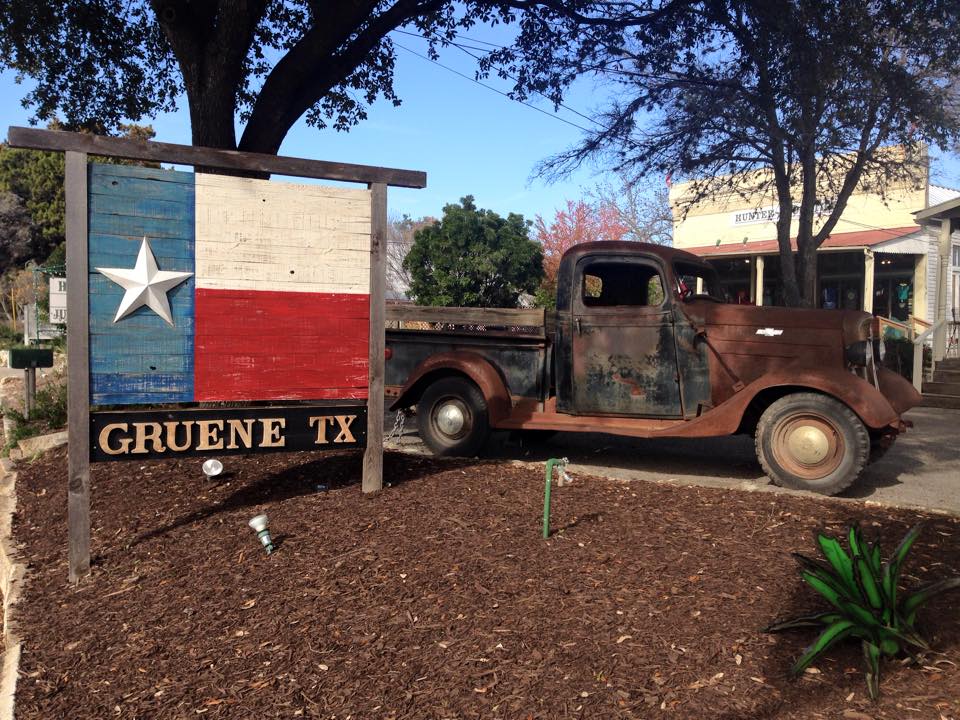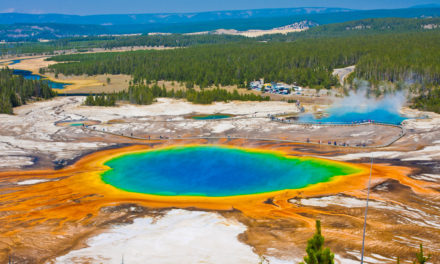Mention the word “canyon,” and most people think of the biggest canyon in the United States, the Grand Canyon. The second biggest canyon may not spring to mind. But it should. Palo Duro Canyon is the largest canyon in the United States. And you can visit the Palo Duro State Park, near Amarillo, Texas. Palo Duro Canyon is what geologists call a canyon system. It is part of the Caprock Escarpment – a running 175-mile long cliff formation of red and tan rock, ranging from fifty to one hundred feet high- in the Panhandle of Texas. The Palo Duro Canyon was formed by a tributary of the Red River, called the Prairie Dog Town Fork Red River.
The Views
The Palo Duro Canyon is a great place to visit by car, since there is a paved scenic drive of about sixteen miles, which takes you throughout the Canyon, and from the comfort of your car, the views are fantastic. It is as if you have a big picture window to look out over the canyon. Of course, you can get out of the car and take in the view at overlooks and on hikes as well. The varying terrain provides an endless subject for photographers. There is a day entry fee to be paid, per car.
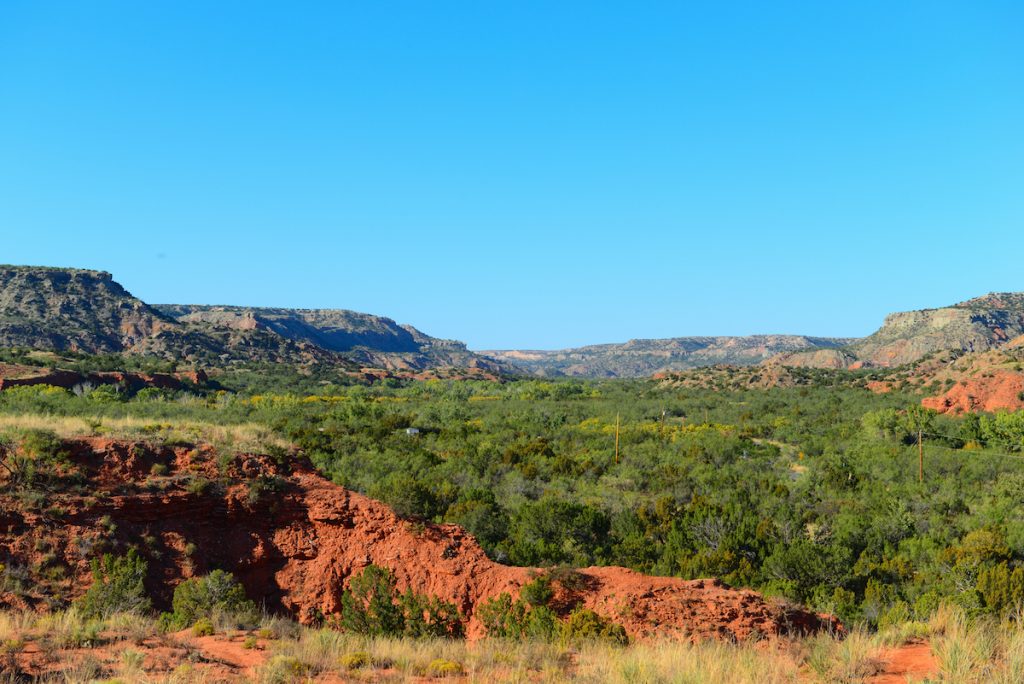
The El Coronado Visitors’ Lodge and gift shop are helpful and exciting. In addition, there is an introductory film that offers a background about this amazing and beautiful corner of Texas. Ask for a trail map. Many of the gift shop items are quite modestly priced, among them authentic Native American handiwork. From here, you get an unbelievable view of the Canyon, below. The Trading Post in the bottom of the Canyon has “World Famous Hamburgers,” fries, and rolled ice cream, to satisfy your hunger.
The Lighthouse
Among the most recommended hikes is the one to the formation called the Lighthouse. It is one of the signature landmarks of the Palo Duro State Park, and well worth the effort. The Lighthouse Trail is about five miles out and back. The hike is mostly rolling flat, and you have impressive views of the Lighthouse as you draw near to it. You can climb to the top as well. Another highly recommended shorter hike is The Paseo Del Rio Trail, an easy two-mile round trip. Be sure to take plenty of water on any hike.
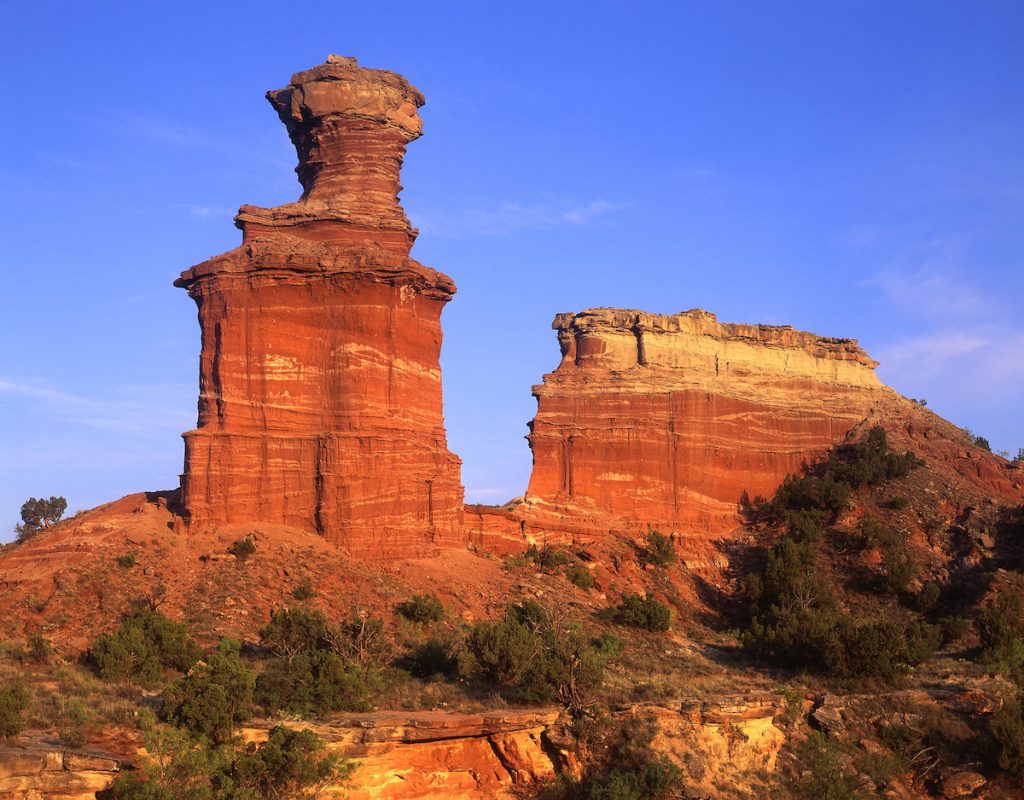
History & Formation
The rocks and cliff formations are the story of time in stone. From oldest to youngest, the structures are The Quartermaster Formation from the Permian age, which forms the red, lower slopes of the Canyon. The Tecovas Formation: a multicolored Triassic unit of shale, siltstone, and sandstone. These rocks contain the remains of phytosaurs, amphibians, and fish. The Trujillo Formation from the Triassic period, which forms many of the Canyon’s ledges. The Ogallala Formation from the late Miocene to early Pliocene period, forming ledges at the very top of the canyon, contains fossils of saber-toothed cats, bone-crushing dogs, mastodons, horses, long-necked camels, rhinoceroses, and tortoises.
Of course, these fossils are evidence of long-vanished animals, but you very well may spot some present day wildlife as you tour the park. Sightings of deer, wild turkey, bats, roadrunners, horned toad, bobcats, and cottontail rabbits are frequent. As for civilized life, you are welcome to bring your dog on all the trails.
Lastly, if you want to linger, you can stay in the fantastically sited and beautifully constructed 1930’s stone Civilian Conservation Corps era cabins located on the rim inside the park. They are amazing and look like a place where Fred and Wilma Flintstone might have felt very much at home. We find them utterly enticing. Yes, they are also rustic, and don’t expect internet or cell service there, or anywhere in the canyon.
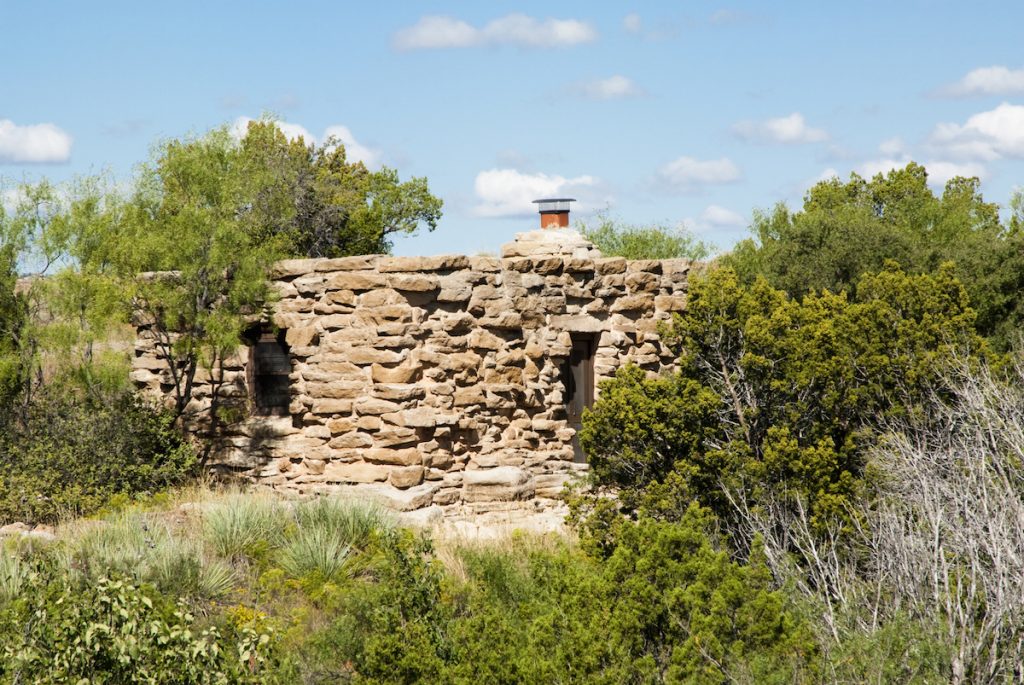
During the summer, the canyon presents “Texas!” the world’s largest outdoor musical. Buy your tickets ahead of time. While in the area, be sure to visit the cities of Canyon, about 12 miles away, with its restaurants and stores; and Amarillo.
How does hiking this beautiful canyon sound? You can start planning your trip here!

